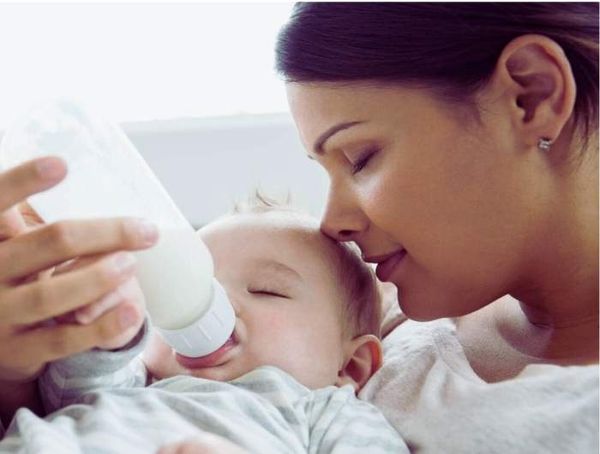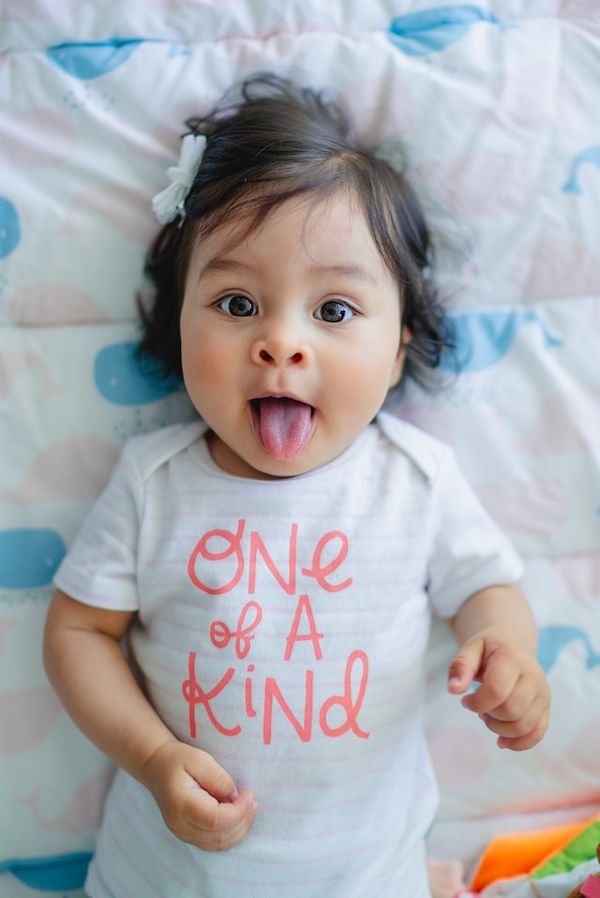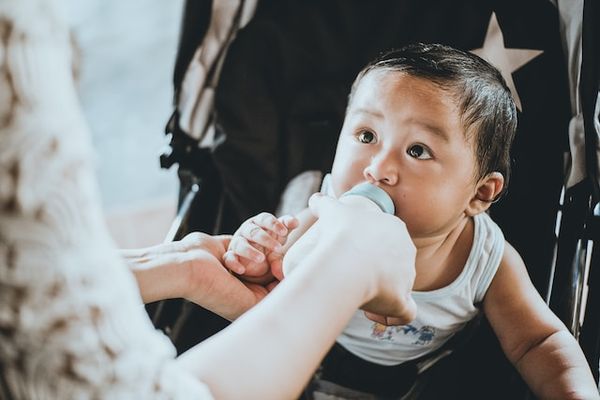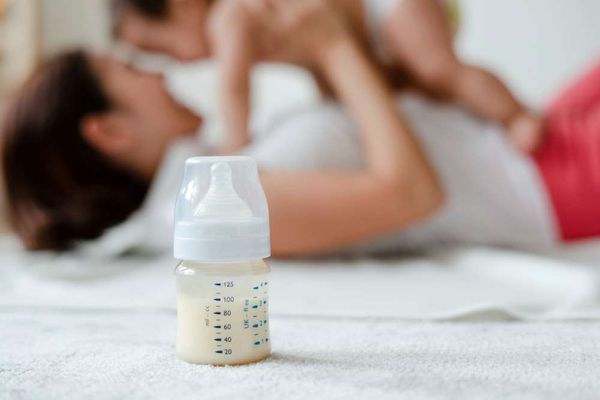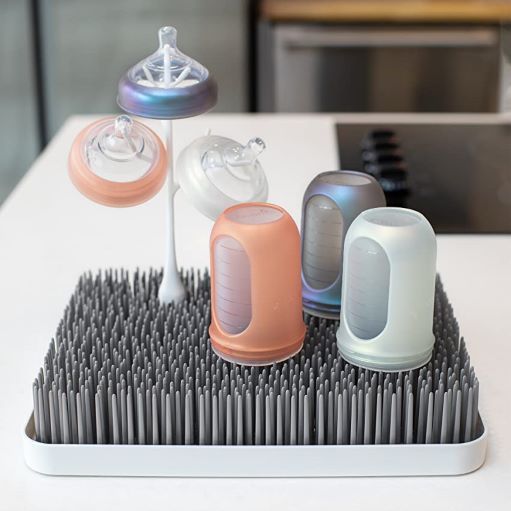Find out more important tips in our expert guide on preparing and cleaning baby bottles.
Preparing baby bottles is an important first step to fulfilling your little one’s dietary needs. It's a simple task, but there are some important details and safety considerations that you should be aware of when preparing bottles for your baby.
In this guide, we’ll walk through the best practices for preparing and storing the best baby bottles safely. You will also learn how to clean baby bottles and how to sterilize baby bottles.
Preparing A Baby Bottle
Breastmilk
If you are a breastfeeding mom who wants to store your milk for later use, you might wonder how to prepare baby bottles for breast milk. Here are some tips to help you make sure your baby gets the best nutrition from your milk.
Choose the right bottles
You can use any type of bottle that is clean and sterilized, but some bottles are designed to reduce air intake and prevent colic. You can also use bottles that mimic the shape and feel of your breast, to make the transition easier for your baby. Make sure you have enough bottles to store your milk and feed your baby throughout the day.
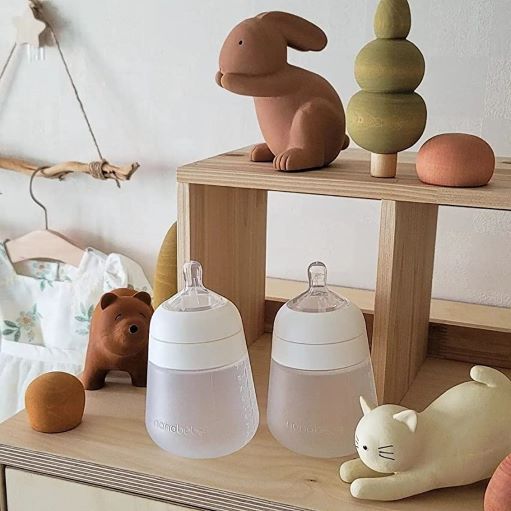
Choose the right nipples
The nipples should match the flow of your milk and your baby's sucking ability and prevent air bubbles. You can test the flow by holding the bottle upside down and seeing how fast the milk drips. It should drip slowly, not pour out.
You can also look for nipples that are soft and flexible, to resemble your breast. You may need to try different nipples until you find the ones that work best for your baby.
Store your milk safely
You can store your breastmilk in the fridge for up to four days, or in the freezer for up to six months. Use clean containers or bags that are made for breastmilk storage, and label them with the date and amount of milk.
Do not fill the containers more than three-quarters full, to leave room for expansion. Do not mix fresh and frozen milk in the same container. Do not refreeze thawed milk or reuse leftover milk from a bottle.
Warm your milk gently
You can thaw frozen milk in the fridge overnight, or under running warm water. You can also warm refrigerated milk in a bowl of warm water or a bottle warmer. Do not use a microwave or a stove, as they can create hot spots and damage the nutrients and antibodies in your milk.
Shake the bottle gently before feeding, to mix the fat that may have separated. Check the temperature by dropping some milk on your wrist. It should feel warm, not hot.
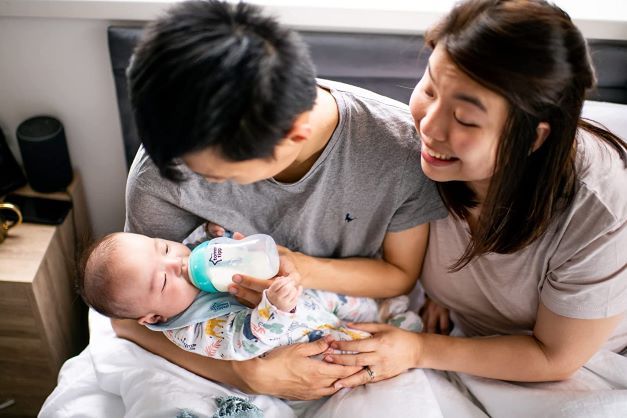
Feed your baby with love
Hold your baby close and make eye contact while feeding. Switch sides halfway through, to stimulate both eyes and ears. Follow your baby's cues for hunger and fullness. Do not force your baby to finish a bottle, or leave a bottle in your baby's mouth while sleeping. Throw away any leftover milk after a feeding, as it may contain bacteria from your baby's saliva.
Formula
Preparing baby bottles for formula can seem daunting at first, but with a little practice, you’ll be a pro in no time! Here’s a step-by-step guide to help you get started.
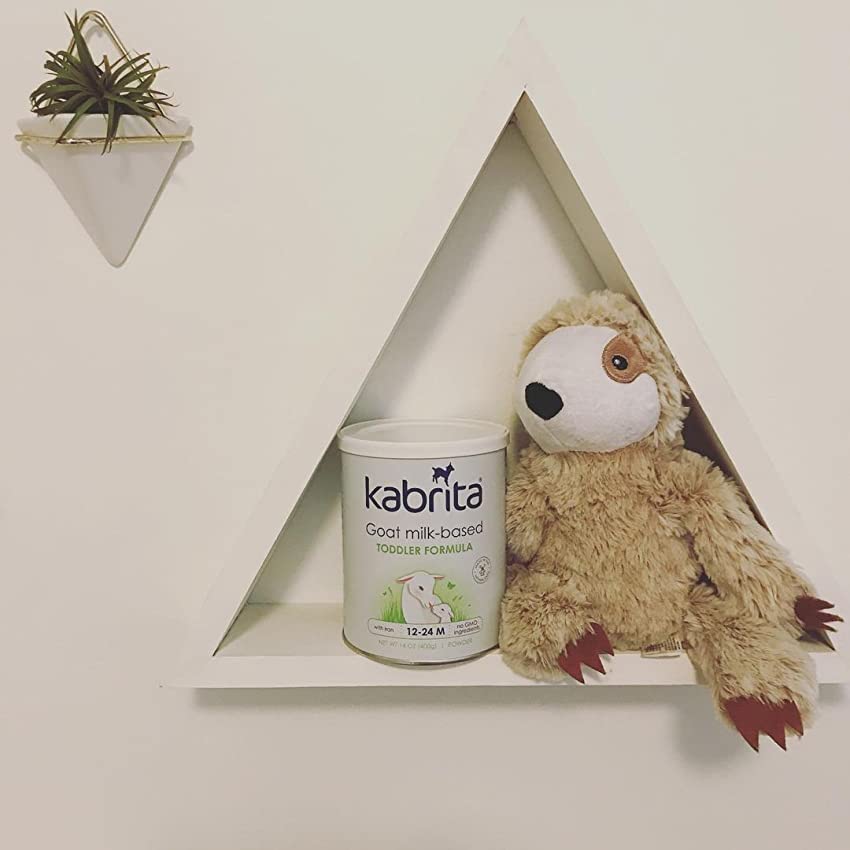
- Wash your hands. Before handling any feeding equipment or preparing formula, make sure to wash your hands thoroughly with soap and water.
- Clean all utensils before use. Sterilize the bottle, nipples, and other accessories before using them for the first time. Put the bottle and the rest of the utensils in a saucepan with water to boil for 5 minutes. Afterward, dry all items with a clean towel and wring them out.
- Fill a kettle with fresh water and boil it. Leave it to cool for no more than 30 minutes.
- Pour the correct amount of boiled water into a sterilized bottle.
- Add the correct amount of formula powder to the water according to the instructions on the packaging.
- Put the cap on the bottle and tap it gently so that the powder falls down into the water.
- Swirl and then shake the bottle to mix powder and water. Shake the bottle vigorously until all lumps have dissolved and attach a clean nipple before giving it to your baby.
- Use the formula within one hour.
Remember to always check that the formula is not too hot before feeding your baby. Make sure not to fill the bottle too full as infants need space to suck on the nipple without spilling formula everywhere!
Cleaning and Sterilizing Baby Bottles
Sanitizing baby bottles is crucial for the health and safety of your baby when you are bottle feeding. Here are some simple steps you can follow to ensure that your baby’s bottles are clean and germ-free. A first step is to have the best baby bottle cleaning system.
Cleaning Baby Bottles
First, it’s important to clean the bottles after every feeding. If your baby does not finish drinking a bottle within 2 hours, throw away the unfinished formula. Germs can grow quickly if breast milk or formula is added to a partially used bottle, or if a used bottle is only rinsed, rather than cleaned.
To clean the bottles, you can either use a dishwasher (if the bottles are dishwasher-safe) or wash them by hand. If you’re using a dishwasher, separate all bottle parts (for example, bottles, nipples, caps, rings, and valves) and rinse them under running water. Place the bottles in the dishwasher and run them using hot water and a heated drying cycle (or sanitizing setting) if possible.
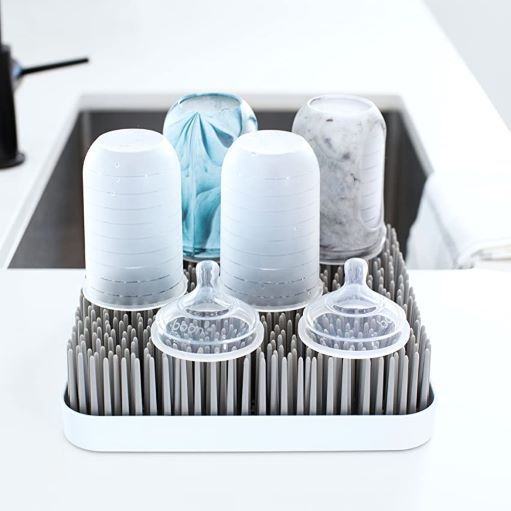
If you’re washing the bottles by hand, first wash your hands well with soap and water for 20 seconds. Then take apart all bottle parts and rinse them under running water. Wash baby bottles with a bottle brush in hot soapy water. Place all items in a clean basin or container used only to clean infant feeding items.
Sterilizing Bottles
After cleaning the bottles, it’s time to sterilize bottles. There are several ways you can do this: using a cold water sterilizing solution, steam sterilizing (electric sterilizer or microwave), or boiling.
If you’re using a cold water sterilizing solution, follow the manufacturer’s instructions. Leave feeding equipment in the sterilizing solution for at least 30 minutes and change the solution every 24 hours.
If you’re using steam sterilizing (electric sterilizer or microwave), follow the manufacturer’s instructions as there are several different types of sterilizers.
If you’re boiling the bottles to sterilize them, make sure they are safe to boil. Boil the feeding equipment in a large pan of boiling water for at least 10 minutes, making sure it all stays under the surface.
After sterilizing the bottles, it’s best to leave them in the sterilizer or pan until you need them. If you do take them out, put the teats and lids on the bottles straight away. Wash and dry your hands before handling sterilized equipment.
If you do decide to sterilize baby's bottles regularly, it's okay to stop sterilizing baby bottles once baby is older than 3 months, according to CDC guidelines, since baby's immune system isn't quite so fragile anymore.
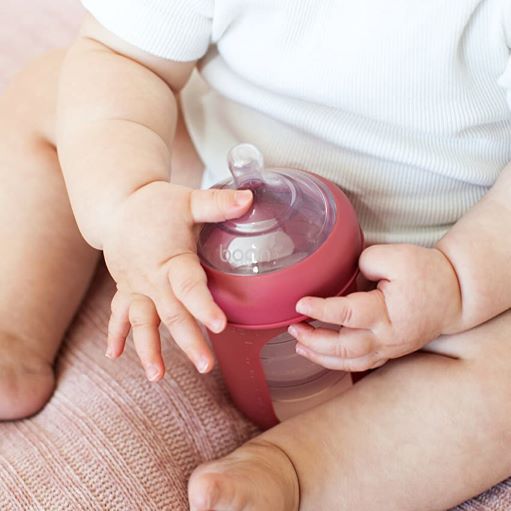
Conclusion
By following these simple steps, you can ensure that your baby’s bottles are clean and germ-free. Taking the extra care needed can make a world of difference in ensuring your little one enjoys a healthy and happy life. Hopefully, this article has provided you with the tools and knowledge required to do just that.
Thank you for reading Mother Bear Reviews, your favorite parenting blog!



